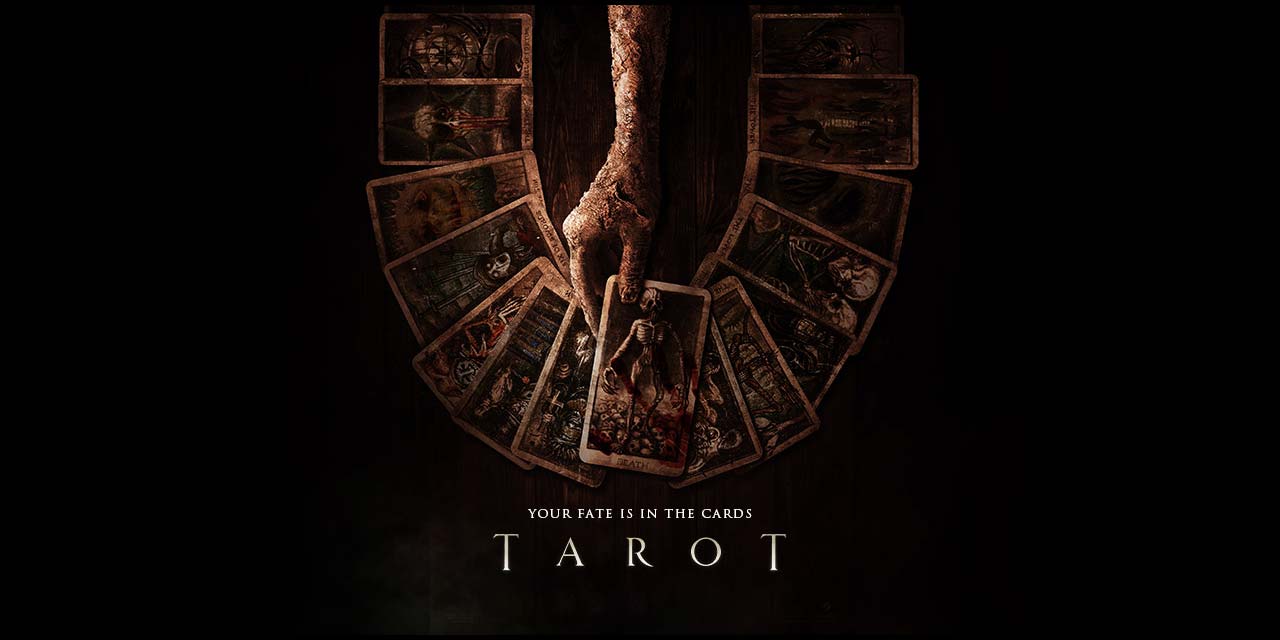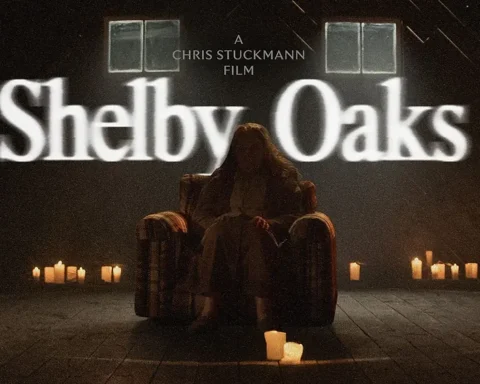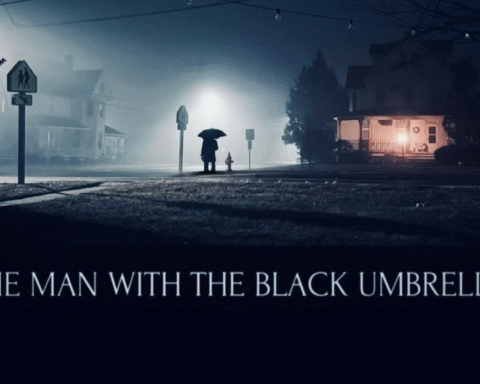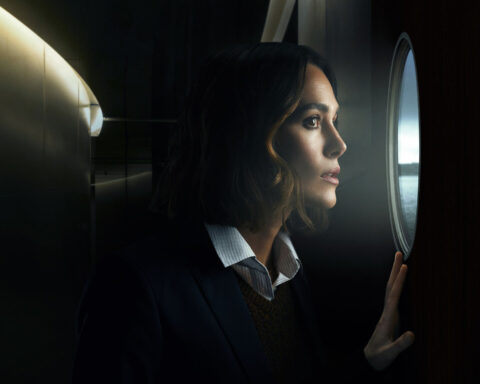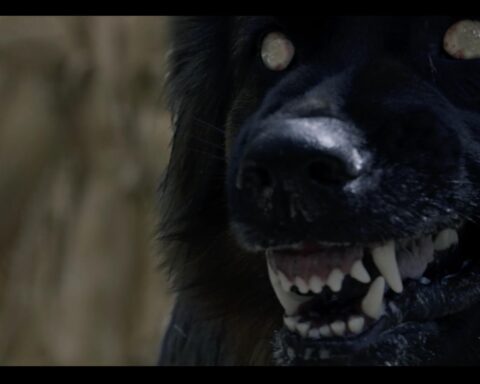“Tarot,” the 2024 horror film directed by acclaimed filmmaker Ethan Graves, stands as a formidable addition to the horror genre, intertwining the arcane mysteries of tarot reading with the visceral terror inherent in human psyche. With its meticulous attention to both the cinematic craft and the esoteric elements it portrays, “Tarot” offers a profound and intellectually stimulating experience that transcends conventional horror narratives. This review delves into the multifaceted dimensions of the film, exploring its thematic depth, esoteric references, and the performances that bring this chilling tale to life.
A Synopsis: The Veil of Fate
“Tarot” centers around a seemingly innocuous tarot reading that spirals into a nightmarish journey of predestination and existential dread. The protagonist, Lydia (played by the enigmatic Emily Blunt), is a skeptical journalist who embarks on an investigative piece about tarot readers and their influence on contemporary society. Her journey leads her to a mysterious tarot reader, Madame Seraphina (portrayed by the versatile Tilda Swinton), whose readings begin to eerily align with the tragic events unfolding in Lydia’s life. The film masterfully blurs the line between reality and supernatural, leading to a climax that is as thought-provoking as it is terrifying.

Thematic Depth: Destiny, Free Will, and the Human Condition
At its core, “Tarot” is an exploration of destiny and free will, themes that have perennially fascinated humanity and found expression in various forms of art and philosophy. The tarot deck, with its rich symbolism and archetypal imagery, serves as a potent metaphor for the human condition. Each card drawn by Madame Seraphina seems to peel away layers of Lydia’s life, revealing hidden fears, unresolved traumas, and the inexorable pull of fate.
The film poses a fundamental question: Are our lives governed by an immutable fate, or do we possess the agency to alter our paths? This existential quandary is echoed in the interplay between Lydia and Madame Seraphina. Lydia’s initial skepticism represents the modern, rationalist mindset, while Seraphina embodies the ancient, mystical understanding of the world. As Lydia’s skepticism crumbles under the weight of eerie coincidences and terrifying visions, the audience is invited to ponder the extent to which our lives are predestined.

Esoteric Practices: The Tarot Deck as a Cinematic Tool
Graves’ use of tarot is not merely a plot device but a profound narrative tool that adds layers of meaning to the film. The tarot deck, with its Major and Minor Arcana, provides a rich tapestry of symbols that the director weaves into the storyline. Each card that Madame Seraphina draws corresponds to pivotal moments in Lydia’s journey, creating a symbolic roadmap that guides the audience through the narrative.
The film’s visual language is steeped in the iconography of tarot. The cinematography, marked by its use of shadows and light, mirrors the chiaroscuro aesthetics of the tarot cards. The Hermit, The Tower, Death, and The Fool – these cards, among others, are not just referenced but are visually and thematically integrated into the film’s fabric. For instance, the sequence where Lydia encounters The Tower card is paralleled by a literal and metaphorical collapse in her life, underscoring the tarot’s predictive and reflective qualities.

Cinematic Performances: Embodying Archetypes
The success of “Tarot” rests heavily on the shoulders of its cast, whose performances elevate the film beyond mere genre conventions. Emily Blunt’s portrayal of Lydia is a masterclass in conveying skepticism, fear, and eventual acceptance of the unknown. Blunt’s nuanced performance captures the transformation of a rational, modern woman confronted with inexplicable events, her internal struggle resonating with the audience on a deeply emotional level.
Tilda Swinton, as Madame Seraphina, delivers a performance that is both mesmerizing and unsettling. Swinton’s portrayal imbues Seraphina with an aura of otherworldly wisdom and eerie calm, making her a compelling embodiment of the High Priestess archetype from the tarot. Her presence commands attention, and every scene with her is charged with an enigmatic energy that keeps the audience on edge.
Supporting performances, particularly by the likes of Oscar Isaac as Lydia’s estranged husband and Florence Pugh as Lydia’s troubled sister, add depth to the narrative. Their interactions with Lydia provide a counterbalance to the supernatural elements, grounding the story in relatable human emotions and conflicts.
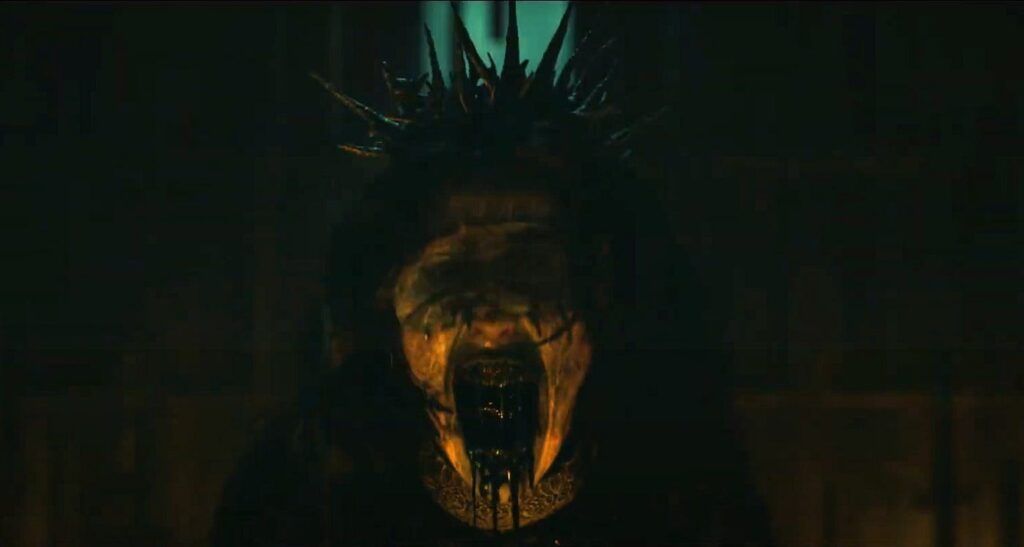
Visual and Auditory Craftsmanship: Immersive Horror
“Tarot” excels in its visual and auditory craftsmanship, creating an immersive horror experience that lingers long after the credits roll. The film’s production design, by veteran designer Sarah Greenwood, meticulously recreates the gothic and occult aesthetic that complements the narrative’s themes. Madame Seraphina’s parlor, with its candle-lit ambiance, arcane artifacts, and walls adorned with esoteric symbols, becomes a character in itself, embodying the film’s mystical undertones.
The cinematography, helmed by Roger Deakins, employs a palette of muted colors and stark contrasts that evoke the haunting beauty of tarot imagery. Deakins’ use of light and shadow not only enhances the atmospheric tension but also reflects the dualities present in the tarot deck – light and dark, known and unknown, reality and illusion.
The auditory landscape, crafted by composer Jóhann Jóhannsson, is equally compelling. The score blends traditional orchestral elements with eerie, atonal sounds that heighten the sense of unease. Jóhannsson’s music mirrors the film’s emotional beats, from the quiet introspection of Lydia’s solitary moments to the crescendo of terror during her encounters with the supernatural.
Intertextuality and Genre Conventions: A Metatextual Approach
“Tarot” is a film that is acutely aware of its place within the horror genre, and it engages in a metatextual dialogue with its predecessors. The film’s narrative structure and thematic preoccupations echo classic horror films that explore fate and predestination, such as “The Omen” and “Final Destination.” However, “Tarot” distinguishes itself by grounding these themes in the rich, esoteric tradition of tarot reading, offering a fresh perspective on familiar tropes.
Moreover, Graves’ direction pays homage to the visual and thematic conventions of gothic horror. The film’s gothic elements – crumbling mansions, dark forests, and arcane rituals – are reminiscent of the works of Guillermo del Toro and Tim Burton, yet Graves infuses these elements with a contemporary sensibility. This blending of old and new creates a timeless quality that enhances the film’s appeal.

Cultural and Philosophical Underpinnings: The Tarot as a Mirror of Society
Beyond its immediate horror elements, “Tarot” engages with broader cultural and philosophical questions. The resurgence of interest in tarot and other esoteric practices in contemporary society is a backdrop that the film subtly critiques and explores. Lydia’s journey can be seen as a microcosm of a society grappling with the tension between rationality and mysticism, science and spirituality.
The film’s philosophical underpinnings are further enriched by its exploration of the Jungian concept of the collective unconscious. The tarot, with its archetypal imagery, serves as a conduit for the unconscious mind, revealing hidden truths and fears. This psychological dimension adds a layer of complexity to the horror, making it not just a battle against external forces but an internal struggle with one’s deepest anxieties and desires.

Conclusion: A Masterpiece of Esoteric Horror
“Tarot” is a masterful blend of horror and esoteric philosophy, offering a cinematic experience that is as intellectually stimulating as it is viscerally terrifying. Ethan Graves’ direction, combined with stellar performances, meticulous craftsmanship, and profound thematic exploration, makes “Tarot” a standout in the horror genre. It is a film that invites multiple viewings, each time revealing new layers of meaning and interpretation.
In a genre often dominated by superficial scares and predictable plots, “Tarot” stands as a testament to the power of horror to explore the deepest recesses of the human psyche and the mysteries of the universe. It is a film that will undoubtedly leave a lasting impact on both horror aficionados and casual viewers alike, cementing its place as a modern classic in esoteric horror cinema.
